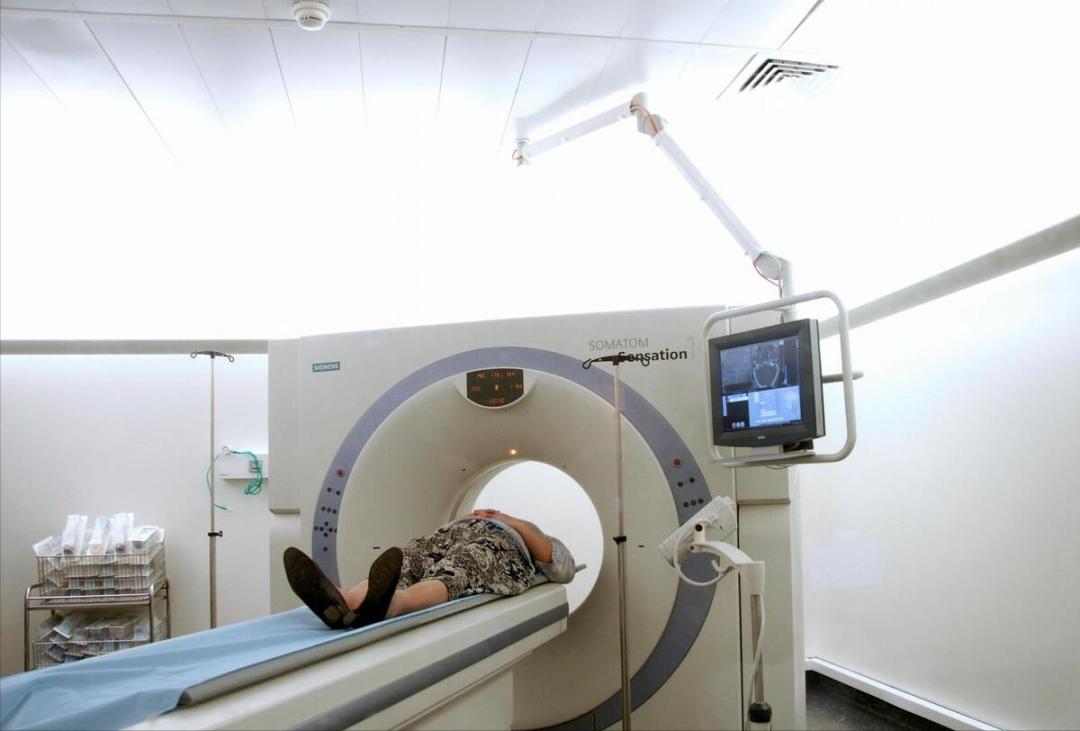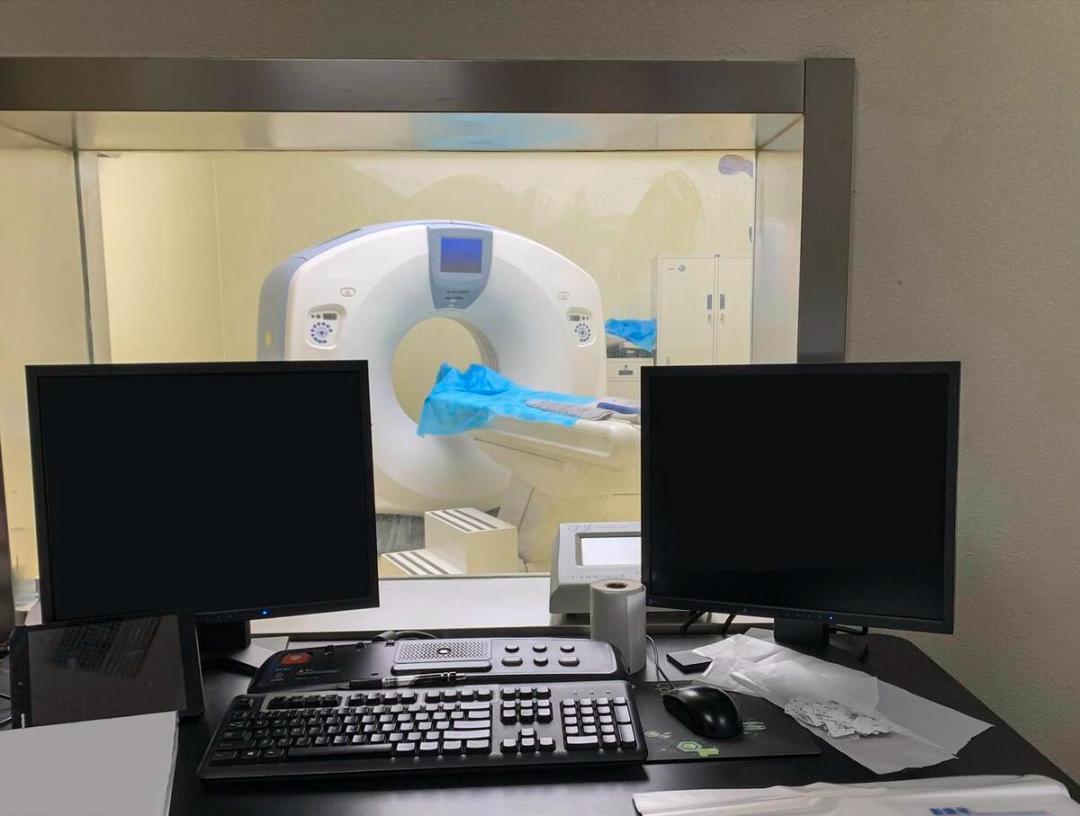How rampant is CT examination? The doctor finally told the truth.
In the early 1970s, the first computerized tomography (CT) was born, and since then, the "secrets" of the human body have been unobstructed in front of doctors. With the rapid popularization of CT technology, CT examination has gradually become one of the important auxiliary tools for clinical disease diagnosis.
CT is actually the abbreviation of computerized X-ray tomography technology. According to the different absorption and transmittance of X-rays by different tissues in our body, we use high-sensitivity instruments to measure the human body, and then process the measured data through the computer, take a cross-section or three-dimensional image of the examined part of our body, and finally form a complete three-dimensional information, which can help doctors find some diseases in the human body. This is the basic principle of CT.

There is a saying among doctors that "CT is in hand, and I have it in the world". Although this sentence is ridiculous, it does reflect the increasingly widespread use of CT to some extent.
But everything has two sides, and the convenience brought by CT examination is unquestionable. At the same time, some worrying questions have emerged: for example, why are you required to have a CT examination as soon as you go to the hospital? Isn’t CT a bit rampant? Is there any radiation in CT examination? Will it cause cancer?
Perhaps many people have encountered a similar situation: a headache, to do a CT; I have a stomachache, so I have to do a CT. Leg hurts, arm hurts, or do a CT. …
The doctor said to do a CT. What can I do as a patient? Of course, I choose to obey. Even if I have complaints in my heart and my stomach is full of doubts, I still have to do CT.
Although the price of CT varies from region to region, it is generally several hundred. Especially when multiple parts need to be together, the price is doubled.
So a puzzling phenomenon appeared: I obviously went to see a doctor, but I only talked with the doctor for two minutes. I haven’t asked why, and the disease has not been diagnosed. Thousands of dollars have been spent.
Why is CT examination so rampant now? Is it really because doctors are not good enough? Or do doctors want to earn black-hearted money? Now I want to talk about a real case.
This is a 42-year-old male patient. At first, the patient’s stool became thinner and didn’t care. Later, the situation became more and more wrong. The stool not only became thinner, but also began to become more frequent, and it was also mixed with some oil.
The patient didn’t take it seriously, so he went to the drugstore to buy some medicine to help digestion, and the symptoms were relieved. Three months later, this symptom reappeared, and no relief was found in any medication, so I went to the hospital and explained the situation to the doctor.
At that time, the doctor advised him to improve the abdominal examination to see if there was anything wrong with the organs. The patient thought that the stool problem must depend on the intestines, and there is no need to do other tests, so it will be delayed for several months.

After several months, the patient couldn’t bear it anymore, and decided to improve the abdominal CT. As a result, he found that his pancreatic head occupied a space, which means that there was a nodular lesion of unknown nature in the pancreas. Finally, the patient was diagnosed with advanced pancreatic cancer.
This case not only tells us that we should seek medical treatment in time if we are unwell, but also explains why CT examination is becoming more and more common now.
Why do doctors always recommend CT examination when they go to the hospital?
This is really not the fault of doctors or hospitals, but is determined by many factors.
First of all, although there is still an examination method of "seeing, hearing and asking", this simple inquiry has a great risk of misdiagnosis, which is unbearable for both patients and doctors.
CT examination is different, not only the examination time is short, but also the accuracy is high, which is very suitable for screening patients or emergency examination. For example, if a patient has a headache, doctors can only infer the cause through experience, but in fact, there are many diseases that can lead to headaches, such as common colds and fever, headaches without good rest, headaches due to food poisoning, and headaches due to cerebral hemorrhage and brain tumors.
At this time, if you do a head CT scan, you can find out what the problem is in a short time, which not only speeds up the diagnosis, reduces the possibility of misdiagnosis, but also does not delay the illness. If in doubt, you can have another magnetic resonance examination.

Secondly, it is for accuracy. In the actual process of consultation, some patients may not tell the truth to the doctor out of some concerns. The doctor can only get a preliminary diagnosis based on the patient’s own medical history, symptoms and signs.
But even if there is only 1% doubt, patients need to be arranged for perfect examination, because only by getting scientific and authoritative reports can we judge accurately and objectively.
Finally, there is the issue of the scope of application. In fact, the scope of application of CT is very wide. It can be said that it can be examined from head to toe, except for special organs such as the gastrointestinal tract, which is almost "no dead angle". In contrast, other examinations do not have this advantage, such as magnetic resonance imaging, which is not suitable for the lungs, and the examination time is long, and some patients cannot cooperate to complete the examination; Another example is B-ultrasound, which has weak penetration and is not ideal for head and bones.
How much harm does a CT do to the body? Will it cause cancer?
Many people are worried about this problem. Some scholars have done special research, comparing 680,000 children who have received CT examination with 10 million children of the same age who have not received CT examination. The results show that the radiation dose per 1mSv can lead to an increase in cancer risk of 0.0017-0.002%.
According to this standard, a single dose of 50mSv or a lifetime dose of 100mSv will not cause health risks. Let’s take lung CT as an example. The dose at a time is about 8mSv, so it is in a safe range. Generally speaking, it is recommended that ordinary people do CT no more than 4-6 times a year.
Therefore, we need to be rational about whether CT causes cancer. Radiation does harm to human body objectively, but with the improvement of medical conditions and the progress of medical equipment, CT is also developing constantly. Now many hospitals have 128 rows, and even some hospitals need Shuang Yuan CT, so the radiation will only be greatly reduced, not increased.
Finally, I hope everyone can understand more. No matter which industry there are people who have no morality and bottom line, but they can’t generalize. Most doctors still stick to medical ethics. And what we need to do is to cooperate and trust.
▼
Original title: "How rampant is CT examination? The doctor finally told the truth.
Read the original text